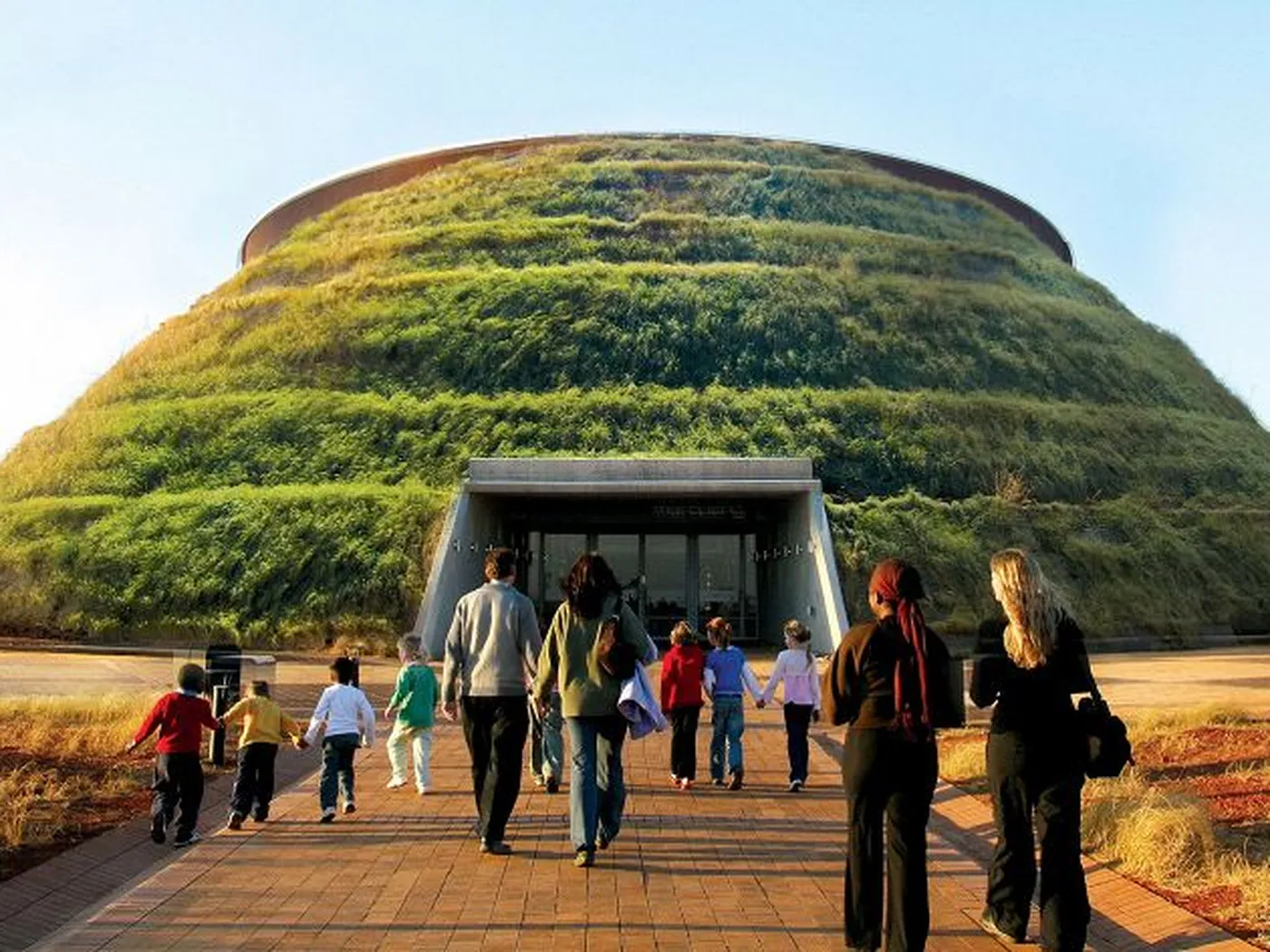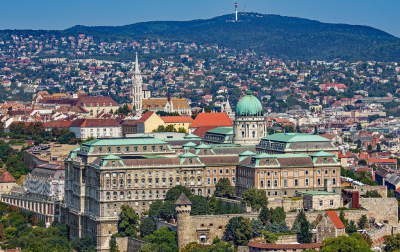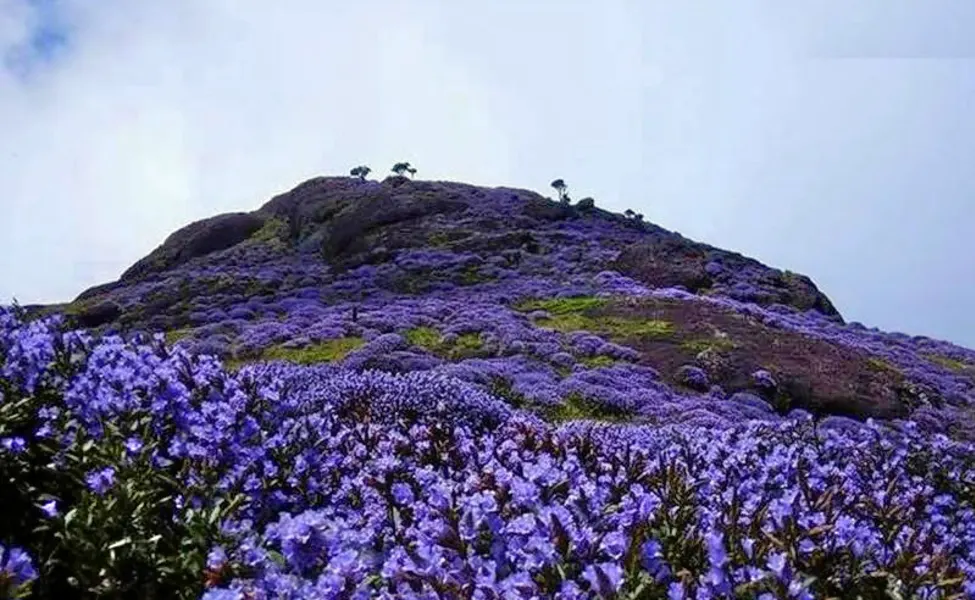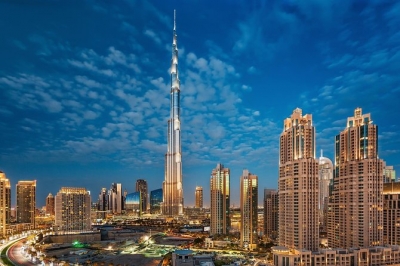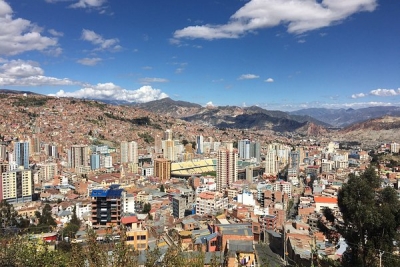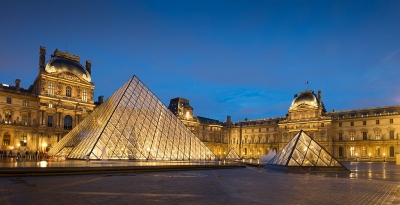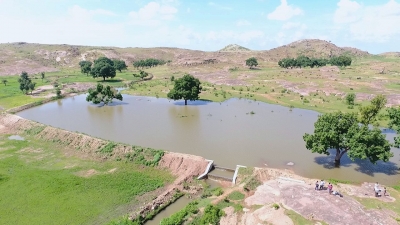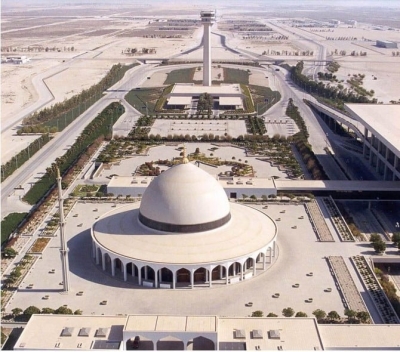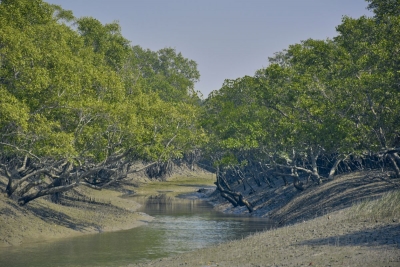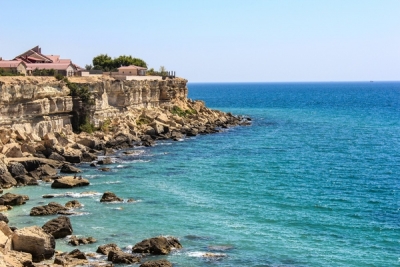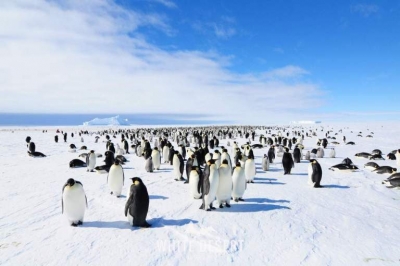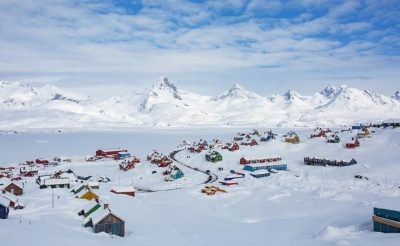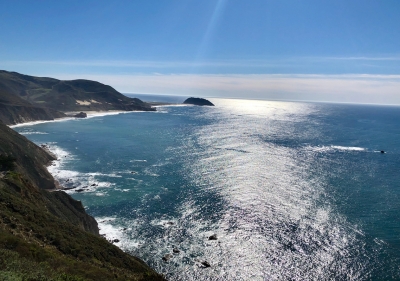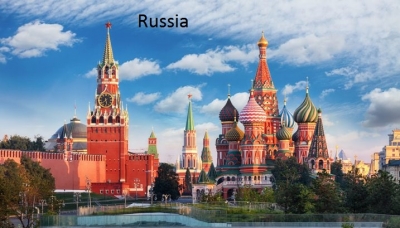What are the unique hiking trails in the world?
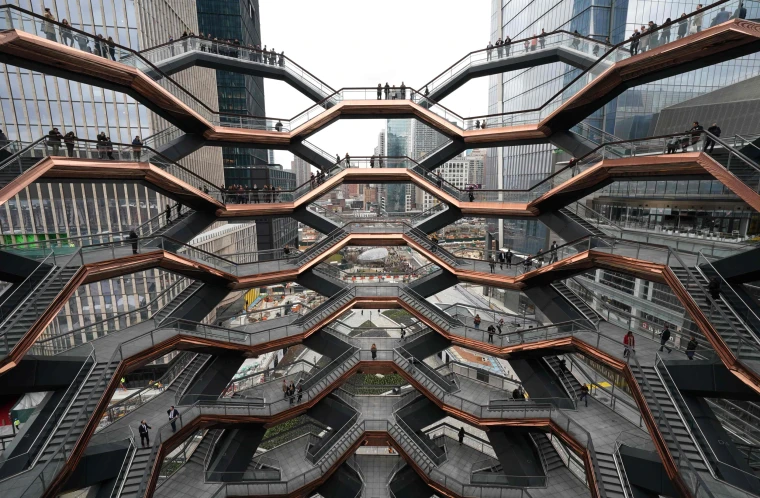
Today, let us learn about six unique trails in the world, some of which might involve treading grand old staircases or trundling down the steps in the wilderness.
BRAMANTE STAIRCASE, VATICAN CITY
Think about the structure of the DNA. Now imagine a staircase like that. That's how the Bramante Staircase in Vatican Museums in Vatican City, looks like. It was an architectural wonder during that time and continues to remain so even now with its unique double helix shape. The spiralling staircase was designed by the famous architect of Tuscany Donato Bramante. The staircase was designed to link the Belvedere Palace to the streets of Rome. In fact, there are two staircases with the same name in the Vatican Museums. The one under our purview is the original Bramante Staircase which was built in 1505. The modem one based on the original was built in 1932.
MACHU PICCHU, PERU
Thousands of steps will take you through a trail of an ancient civilisation. The Machu Picchu mountain trail leads you to the ruins of the Incan civilisation. The 43km Inca trail replete with archeological sites is unique. It leads to a stone citadel comprising living quarters of Inca royalty, ritualistic and sacrificial areas, and an elaborate irrigation system. It is believed that the citadel was built for Inca ruler Pachacuti who ruled from 1438 until his death.
THE VESSEL NEW YORK CITY, U.S.
Located in Manhattan's Midtown West, the Vessel is often called "New York's Staircase". A 46-metre high, steel and glass building that offers a bird's eye view of the city, this spiral staircase sits as a centrepiece of the Hudson Yards (an urban development project) and is a 16-floor circular stairway structure with around 2500 steps. There is a labyrinth of 154 intricately interconnecting flights of stairs and the structure looks more like an art installation.
NONGRIAT DOUBLE-DECKER ROOT BRIDGE, MEGHALAYA, INDIA
In the forests of Meghalaya, there is an ancient, living bridge. It is the double-decker root bridge of Nongriat village in Meghalaya. The root bridges are made by weaving together the secondary roots of the rubber fig tree by Khasi villagers. And to visit this bridge, one will have to embark on a climb down from the village of Tyrna. It will take you some 3000 steps to reach here.
TIGER & TURTLE MAGIC MOUNTAIN, GERMANY
Some of you must have been on a roller coaster ride. What if we told you there was a structure that looked like a roller coaster and you could walk on it? The Tiger & Turtle Magic Mountain is a tangled structure designed by German artists Heike Mutter and Ulrich Genth. One can walk through these many loops and get rewarded with magnificent views of the countryside of Duisburg, Germany.
Picture Credit : Google
